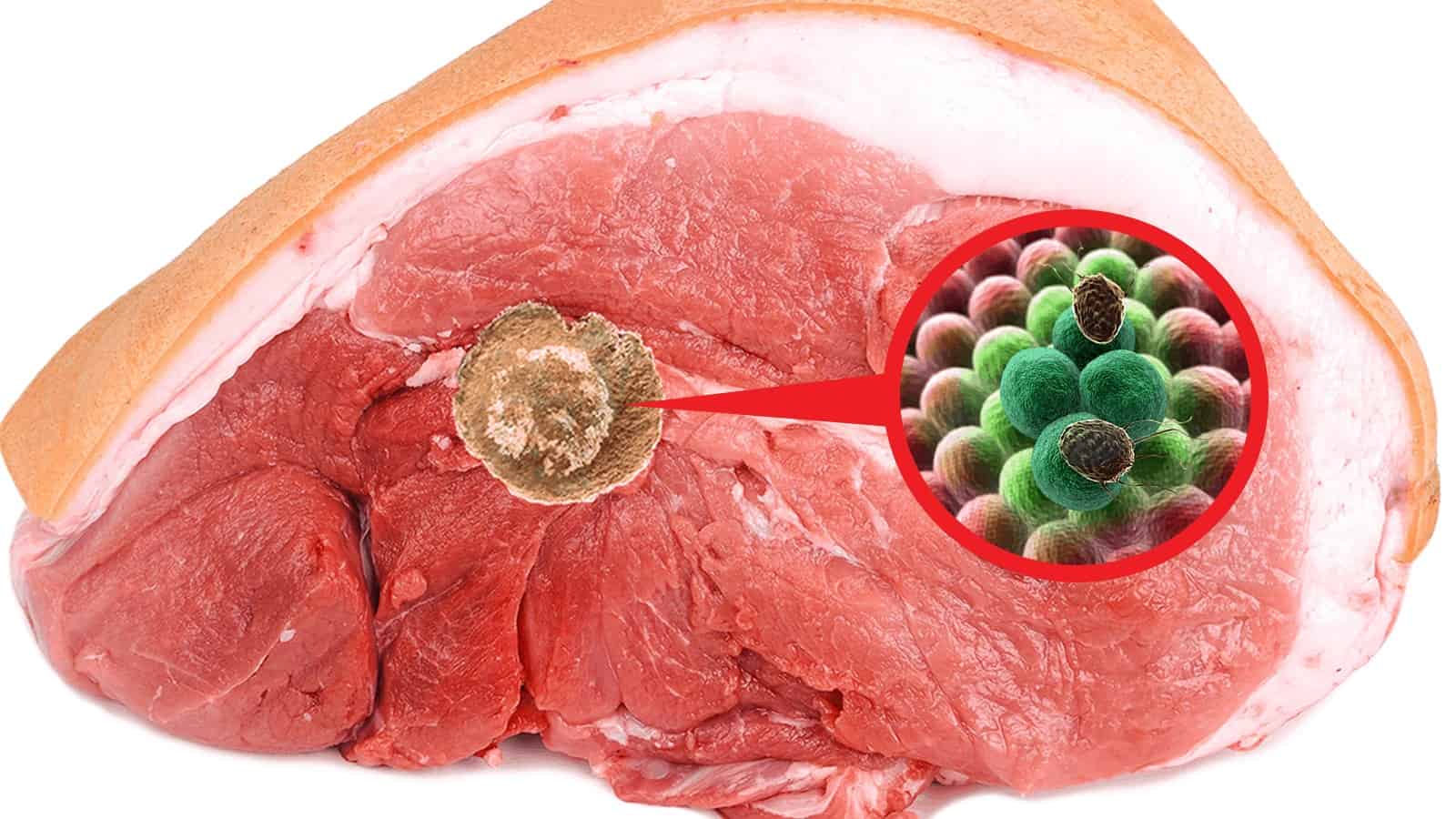Researchers are very clear on the topic of meat and cancer. Many types of meat, especially red meat, are linked to an increased risk of bowel cancer. Of course, you may think that you’re safe if you don’t eat that particular product too often but still consume processed meat, such as bacon, ham, sausages, and so on. Well, we’ve got some bad news – those aren’t too good for you either. In fact, the WHO has a list of very clear statistics on their website about the carcinogenic qualities of both red and processed meat.
With those frightening statistics coming out about commonly sold meats, many more customers are turning to local butchers and farmers’ markets to find out the healthier cuts. But even that hasn’t turned out to be safe. An experienced butcher has confessed that he has seen his colleagues cut out cancerous portions of meat, yet still sold the healthier-looking part to unwitting customers.
While this may be shocking to some, it may not be completely surprising news. For years, the FDA has been trying to exercise stricter control over the meat that enters the food chain. However, as demand keeps growing every year, manufacturers are struggling to cope and are having to resort to desperate measures to save their businesses. Recent studies have shown varying percentages of all sorts of things in meat that aren’t beef, pork, chicken or lamb, – including dog meat, horse meat, and human DNA (most likely from saliva or other bodily fluids from meat processing factories).
However, if you’re feeling desperate at this bleak picture, think positively. There are a few different things you can do to ensure that you’re healthy and enjoying your favorite food at the same time.
Here Are Some Things to Do to Ensure Your Favorite Food Is Healthy for You
“Processed meats fall into the same category that cigarette smoking does with lung cancer. In other words, it’s an item that causes cancer at some point in the future if you consume high amounts.” – Dr. Alok Khorana
1. Raise Your Own Food
First, the only way to ensure that any produce is fresh and risk-free is to produce it yourself. If you see something grow in front of you and nurture it, then you know for a fact what goes near it. You know how to get rid of anything that might be a problem. However, that approach is increasingly less common. Additionally, with meat, it requires much more effort.
2. Check the Meat You Purchase
Second, always double- and triple-check the meat that you buy. Whether it’s from your local butcher or the supermarket, there’s nothing easier than doing a quick check to see if everything looks normal. A healthy cut should look the part, with no discolored sections, no odd growths. Also, there should be no reluctance on the part of the grocer to show where the meat has come from. Any self-respecting meat merchant needs to be open about the true source of their products; otherwise, you may be looking at something suspicious.
3. Eat Less Meat
Third, you can try to include less meat in your diet. It doesn’t mean that you should stop altogether – even though that would, admittedly, be your healthiest option. Simply reduce the amounts that you consume on a week-to-week basis. Try looking into replacement proteins such as seitan and tofu. While they might not look appetizing, once cooked they can sometimes rival the flavor of your favorite meats!
4. Cut Meat from Your Diet
Last but not least, cut out animal products altogether. After going on a vegan diet, many people note various health benefits related to the increase of fiber and vegetable protein in their diet. Many might believe that animal products are an invaluable source of protein; however, that’s not the case. In fact, a lot of people who choose to go vegan report almost immediate health benefits as a result. Organizations such as The Vegan Society of America and PETA have many helpful tips on their website if you decide to cut out all animal products from your diet.
Final thoughts
The American Institute for Cancer Research has issued some helpful tips on balancing your diet to remain healthy and reduce your cancer risk at the same time. Processed and red meat might be an indispensable part of your day-to-day life. Before consuming them, however, it’s important to consider just how pure and healthy those meats are.
Confessions from butchers may indicate that meats they sell simply are not pure. With disease rife among some populations of cattle, it’s never been more important to be careful. But remember positive thinking – it’s not impossible to include healthy meat in your diet.
Be aware of what diseased meat looks like and know the people that you’re buying it from. Many times, the healthiest variety is bought from farmers and producers that you know personally, and you know the conditions in their farms.
And if you’re feeling like making a lifestyle change – why not go vegan instead? Not only will you be helping fight climate change, but also you’ll be able to definitively say where your food has come from. Either way – staying healthy is the main thing, so find a diet and approach that works for you. Then stick to it!



















